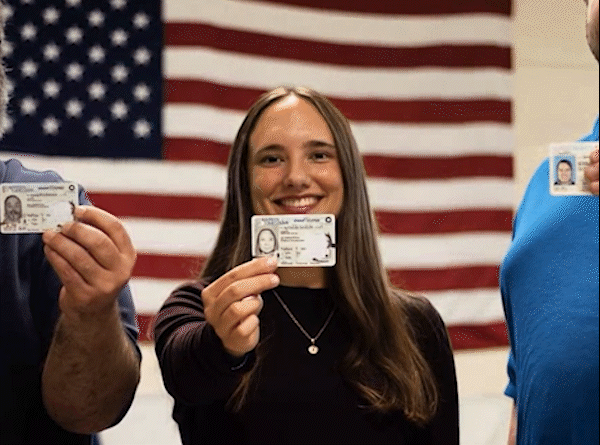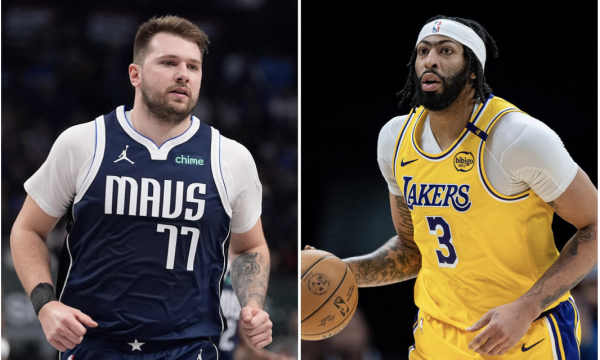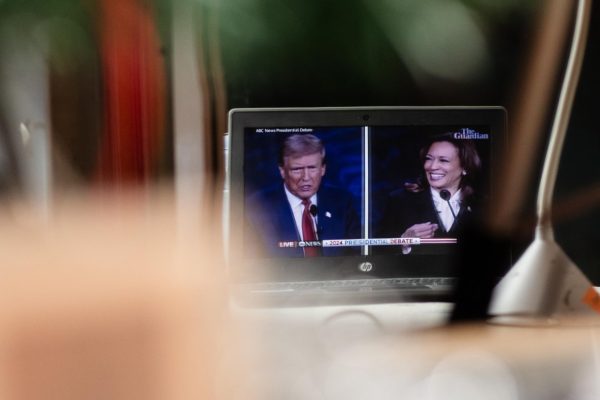Courtside Coverage: NIL and what that means for the future of sports
Colleges for years now have been able to profit off their student athletes. For the first time that will change: students will now have the opportunity to make money off their talents and take control into their own hands.
Name, image and likeness (NIL) is a huge crack into the amateur framework the NCAA has been defending for decades now. Now, the future of collegiate sports is in the hands of student athletes and not chancellors, athletic directors and the many people who have been earning money off the backs of collegiate athletes.
Right as the clock struck midnight on July 1, athletes left and right were signing endorsement deals. From endorsements ranging from local to multi million dollar deals, athletes from all over the talent spectrum were reaping the benefits of their hard work. With NIL now being implemented it allows for athletes who come from impoverished backgrounds to help out their families without the fear of being punished by the NCAA.
For example, former running back Reggie Bush who played at the University of Southern California was penalized for the simple fact that he and his family were accepting money and gifts reportedly up to $300,000.
Though NIL will predominantly affect collegiate athletes, top-ranked high school athletes will have the opportunity to make money off the playing field. Already star-studded high school basketball player Mikey Williams has signed with Excel Sports Management which will open him up to many sponsorship and endorsement opportunities in the future.
As we all get used to the term NIL, we’ll see the dynamic of collegiate and high school sports change overtime. It will be for the better, due to the simple fact that when athletes feel like they are given the fair chance to make money and better themselves they will feel like they have something to play for.
Instead of playing for the slim chance of making it professionally, they can play for that next endorsement deal or sponsorship that will be on the line for them. It will also allow athletes who play sports who might not generate the same revenue as other sports such as football and basketball, to make money as well and have the same opportunity off the field.
Although there is a possibility that NIL might have some shortcomings in the future, the pros heavily outweigh the cons. Letting athletes have the same opportunities as any other student on campus levels out the playing field. It allows people to help benefit themselves and their families. In addition to the direct economic benefits of NIL, it allows athletes to learn how to save money, invest and many other major responsibilities athletes prior were shunned away from.
As the power dynamic in collegiate athletics continues to shift. So will the outlook on the NCAA, as its power continues to dwindle. The once powerless student athlete now has a bright future.
Your donation will support the student journalists of East Mecklenburg High School. Your contribution will allow us to purchase equipment and cover our annual website hosting costs.







